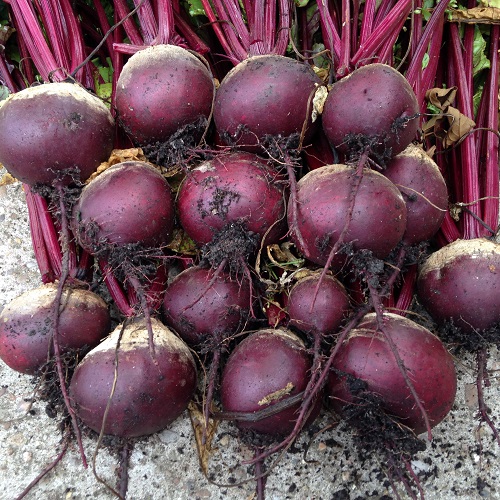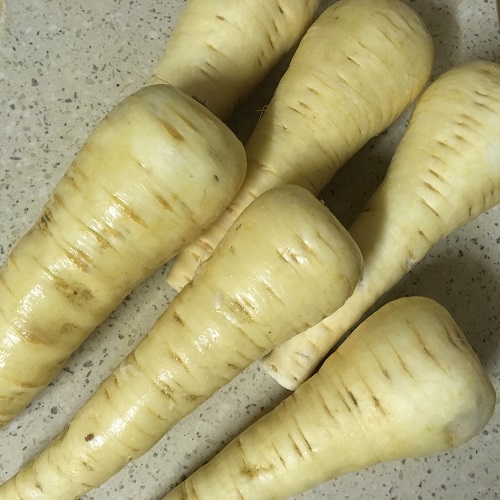| Turnip Tokyo Cross is a hybrid pure white variety, it is an extremely quick-maturing Japanese type, roughly one week earlier than Tokyo Market. Tokyo Cross grows well in cold climates. Harvest roots on the small side at 4-5cm, which is normally achieved after 40-50 days. Suitable for cropping May-October. | | Turnip Tokyo Cross Sowing Guidelines | | Average Packet Contents: | 400 Seeds | | When to Sow Seeds: | March - May | | Germination Temperature: | 12C + | | Time to Germinate: | 5 Days | | Frost Hardy: | Yes | | Spacing Between Plants: | Thin to 12cm | | Row Spacing: | 25cm | | Plant Height: | 30cm | |
How to Successfully Grow Turnips
Turnips are quick and easy to grow and have become a common sight in many greengrocer shops and supermarkets. They can be grated and eaten raw with salads, added to soups and stews or boiled and used as a regular vegetable. The turnip tops or greens can also be eaten and are said to be more nutritious. The most commonly grown varieties are the purple top and the faster growing white. This popular root vegetable is related to the brassica family, which includes cabbages, sprouts and cauliflower.
Seed sowing
Seeds can be sown from as early as February outdoors under cloches and right up to August. Sow directly into shallow furrows in well prepared, free draining soil and cover with no more than 1cm of fine soil. Repeat sowings can be made every 2-3 weeks to ensure continuity over the whole growing season. Ensure the furrows are watered after sowing using a watering can with fine rose attachment. Germination usually takes around 4-5 days.
Growing in beds
The planting areas or seed beds should be well prepared the previous winter incorporating plenty of organic matter. Positions in both full sun and partial sun will suit the turnip equally well, as long as the plants are kept well watered. The seedlings grow extremely fast and should be thinned out to about 15cm apart and 30cm between the rows. If larger turnip roots are preferred then space at 25cm apart both ways. It’s important to ensure the seedlings are watered regularly to avoid the roots splitting or cracking during their hectic growing period. The plants are usually ready for harvesting after just 8 weeks.
General aftercare
A mulch spread thinly around the base of the bulbous roots will help conserve soil moisture and prevent troublesome weeds growing. Any weeding requirements are best carried out by hand as a hoe can easily damage the young roots. Regular watering is the main aftercare task.
Pests and diseases
Turnips are generally trouble free but like all brassicas, turnips are prone to attack by cabbage root fly, especially the younger plants. The white larvae will feed on the roots just below the surface and can be prevented by covering the seedlings with insect proof mesh. Club root is a problem that also affect turnips so if you know that club root is, or has been a problem with other brassica crops then it is not advisable to grow on the affected plot. Occasionally flea beetle can cause damage, which is noticeable by small holes appearing on the leaves. Feeding the plants with liquid fertiliser can encourage the plants to outgrow the problem.
Harvesting and storage
Turnips can be harvested from March to December, although early turnips are said to be best for flavour. Pull up the whole plant and cut off the protruding roots. Cut the leaf stems about 3cm from the top of the globe. The turnip greens can be washed and frozen. The turnip roots can be stored in a cool, dry, frost free place for use later or kept in a fridge for several months.


